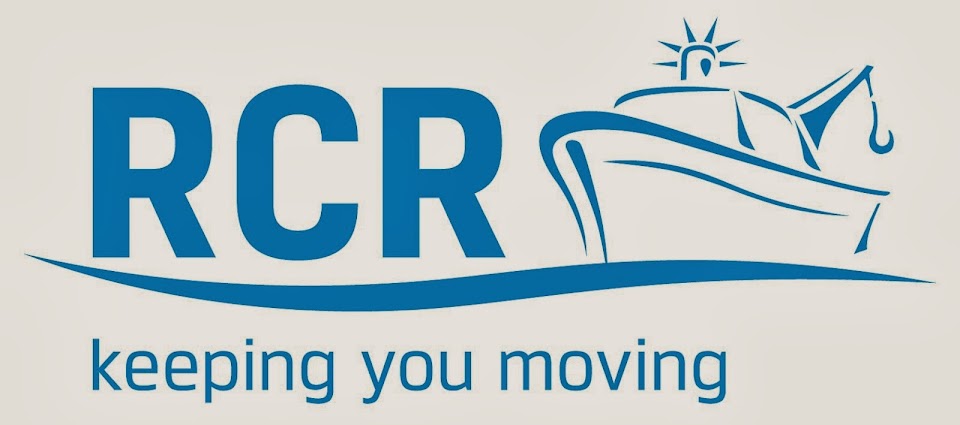News
that parts of the UK experienced the wettest weather in January for more than a
century - causing the River Thames water levels to reach a 10-year high -
created an intensive period of activity for breakdown and assistance firm,
River Canal Rescue.
RCR
Managing Director, Stephanie Horton, gives a snapshot of a typical week (17 Jan
onwards) during that month:
“We
received two call-outs for a 60ft narrow boat marooned and taking on water in
Reading and a 20ft cruiser which had broken its moorings in Marlow and was
stuck fast. Teams were despatched, but found the first was
inaccessible due to high flood water, the second was temporarily secured.
As high and fast-flowing water levels rendered rescues too hazardous, we had a
number of spotters along the Thames reporting to us when river levels and water
speed started to drop.
“Late
afternoon, we’re notified of a 60ft narrow boat wedged on something under the
water in Reading. With river levels dropping, it’s likely to be left in a
precarious situation. Our rescue team attends next morning, but by
this time, the boat had freed itself. Team check craft, no charge made.
“It
soon became apparent we would need two rescue teams covering the Thames.
Team one waded out, pumped water from and secured the listing narrow boat
marooned in Reading, and then checked whether the Marlow cruiser could be
released and taken back to its mooring. No go on this, the water levels
were still too high.
“The
team went onto two cruiser call-outs in Slough; a 22ft had broken its moorings,
travelled down river and was grounded, the second, an 18ft, was grounded in the
owner’s back yard. Both vessels were checked over and refloated, and
whilst RCR was there, came across two other grounded cruisers in neighbours’
yards. These were refloated at no charge.
“Team
two, meanwhile, was assisting a 70ft narrow boat stranded on a bank near
Abingdon bridge (having been made aware of the situation by local radio).
The team tracked down the owner, donned their wet suits and refloated the
craft. Optimum water levels helped this swift recovery.
“Calls
to assist a sunken 30ft cruiser in Whitchurch followed, but flood waters
prevented an immediate rescue attempt. A few days later our spotters
advised water levels were right to refloat the sunken cruiser and reunite the
displaced Marlow cruiser with its owner.
“Whilst
one team pumped out the sunken craft in Whitchurch and refloated it, a second
took to the wetsuits and navigated a number of river hazards in order to get to
the Marlow cruiser. They spent hours dislodging it from trees,
‘first-aiding’ the engine and pumping out water before taking it back to its
moorings and owner.
“Finally
it was onto assist a sunken vessel – a floating cafe - at the Thames and Kennet
Marina. Despite our best efforts (using four pumps), our teams were
unable to raise the vessel and are now waiting for the optimum water levels in
order to use flotation bags.”
Stephanie
concludes: “So many rescues in such a short space of time illustrate the
importance of having access to a support mechanism. It’s also nice to
know we will support all waterway users if they’re in difficulties, as
evidenced by our ‘freebies’. We simply can’t help but help.”
To
find out more about River Canal Rescue visit www.rivercanalrescue.co.uk or call phone 01785 785680.






